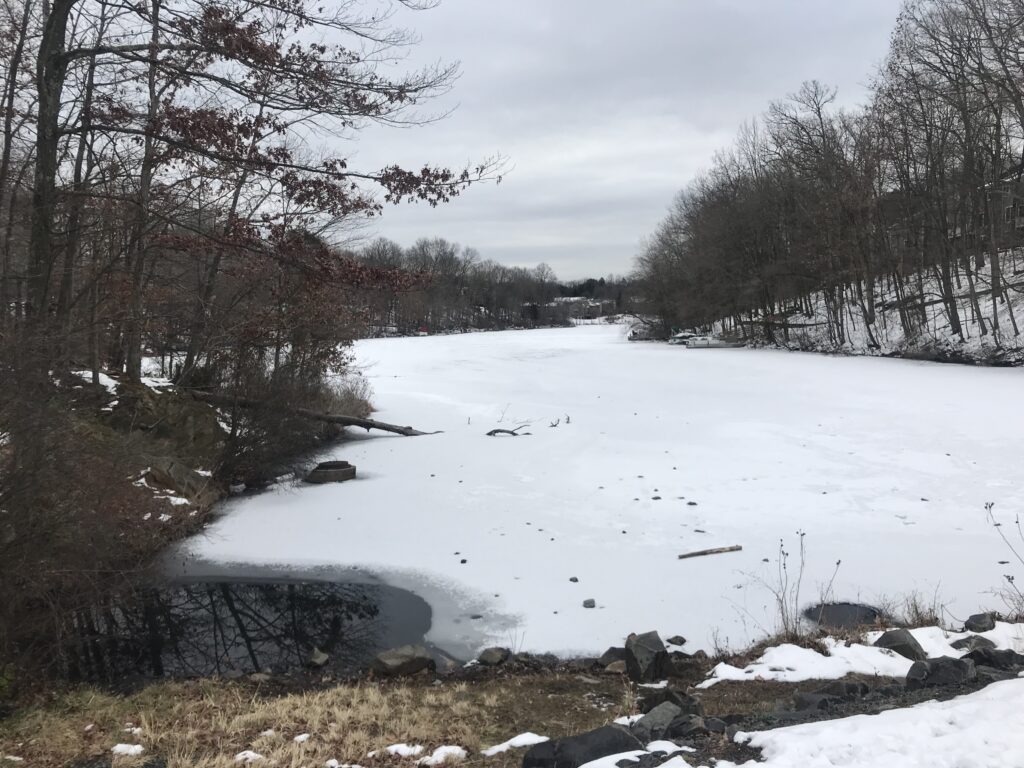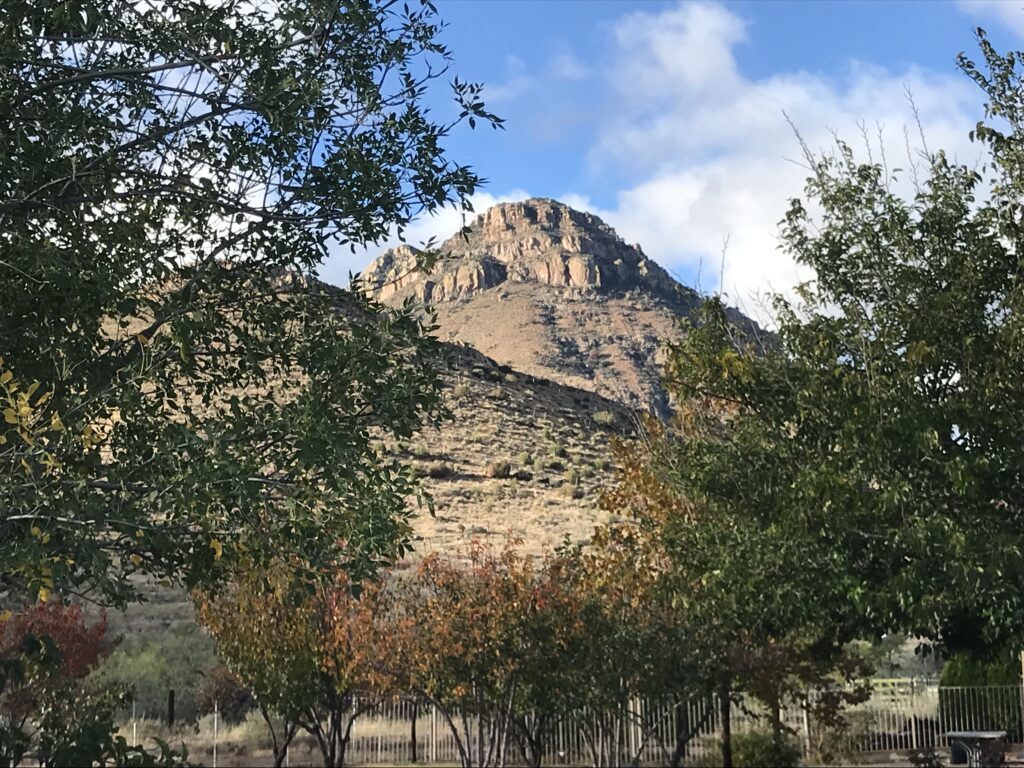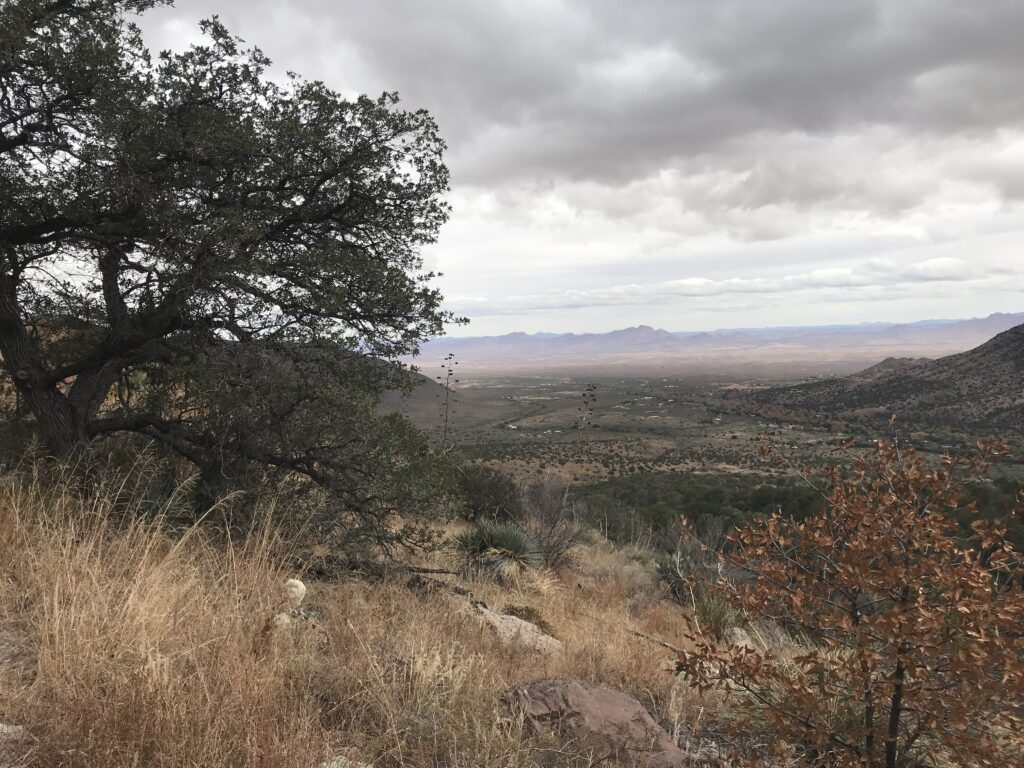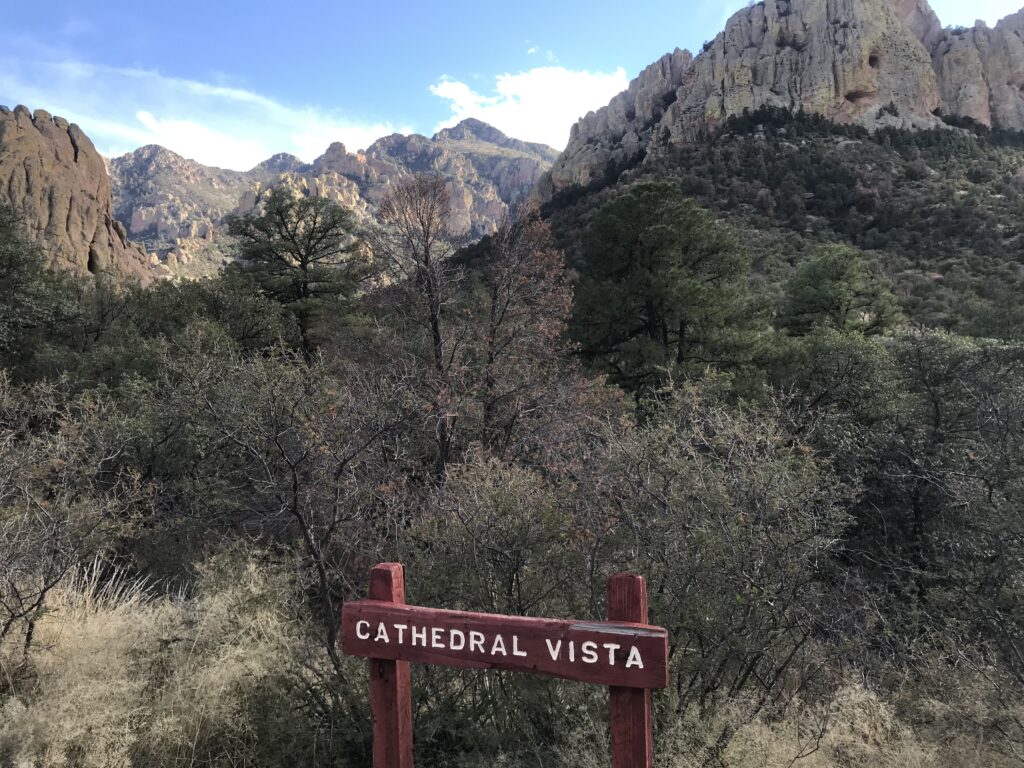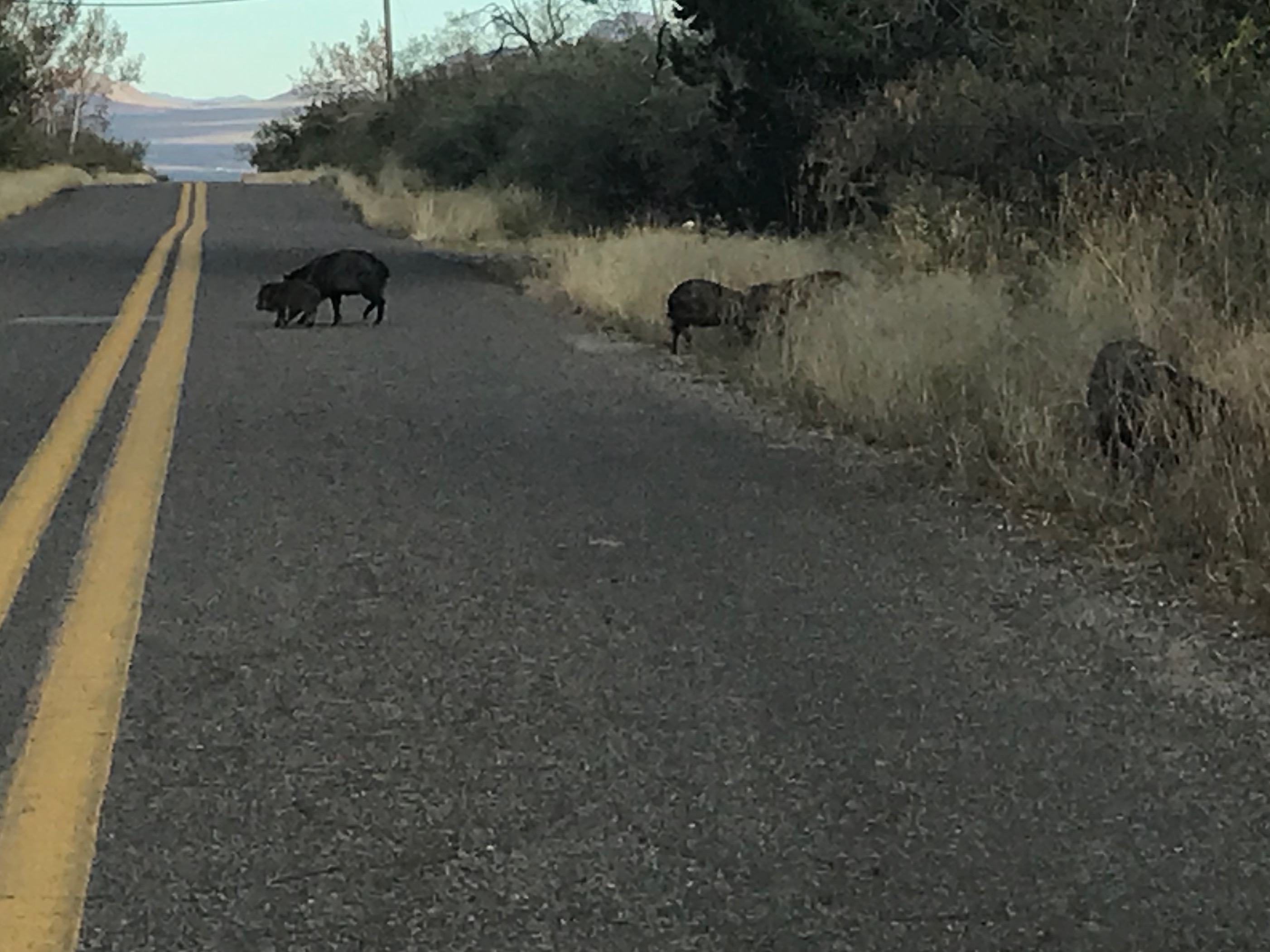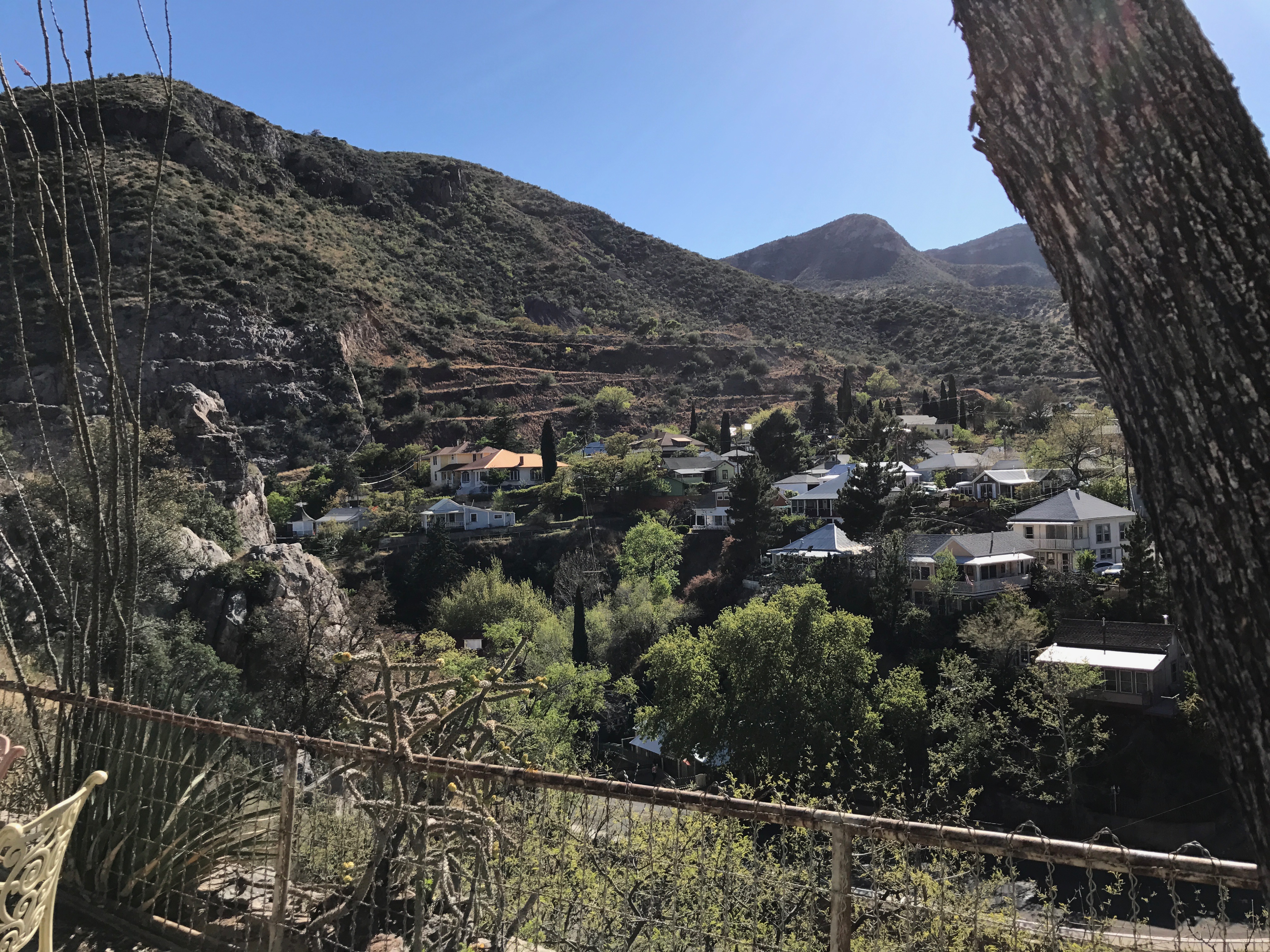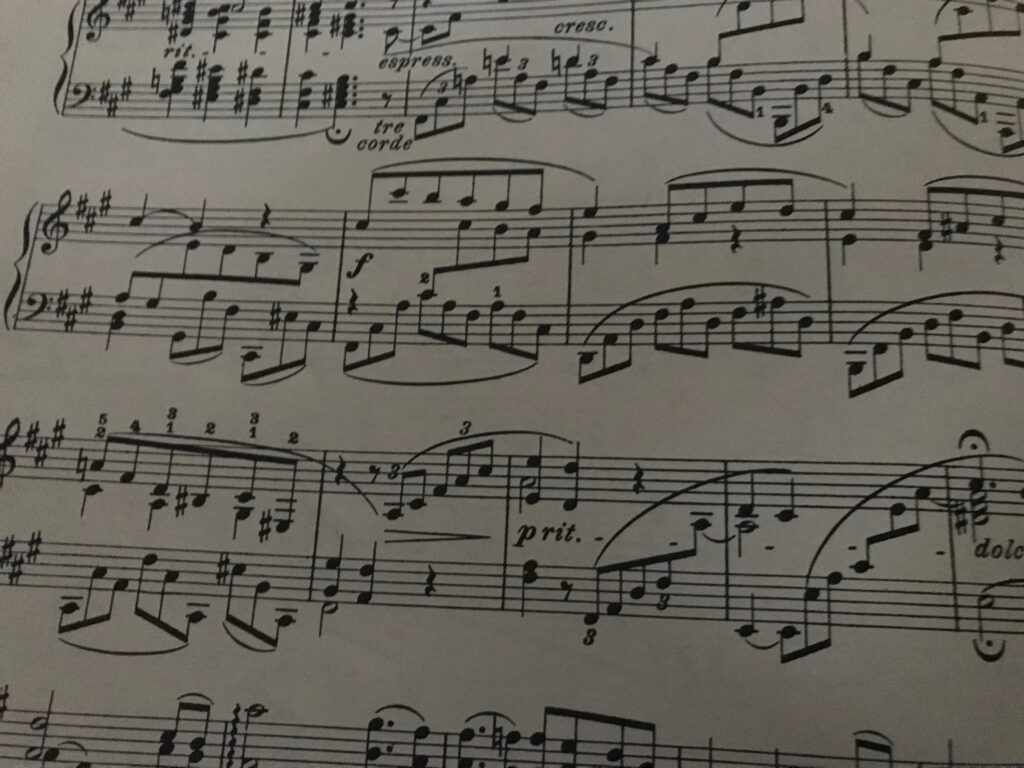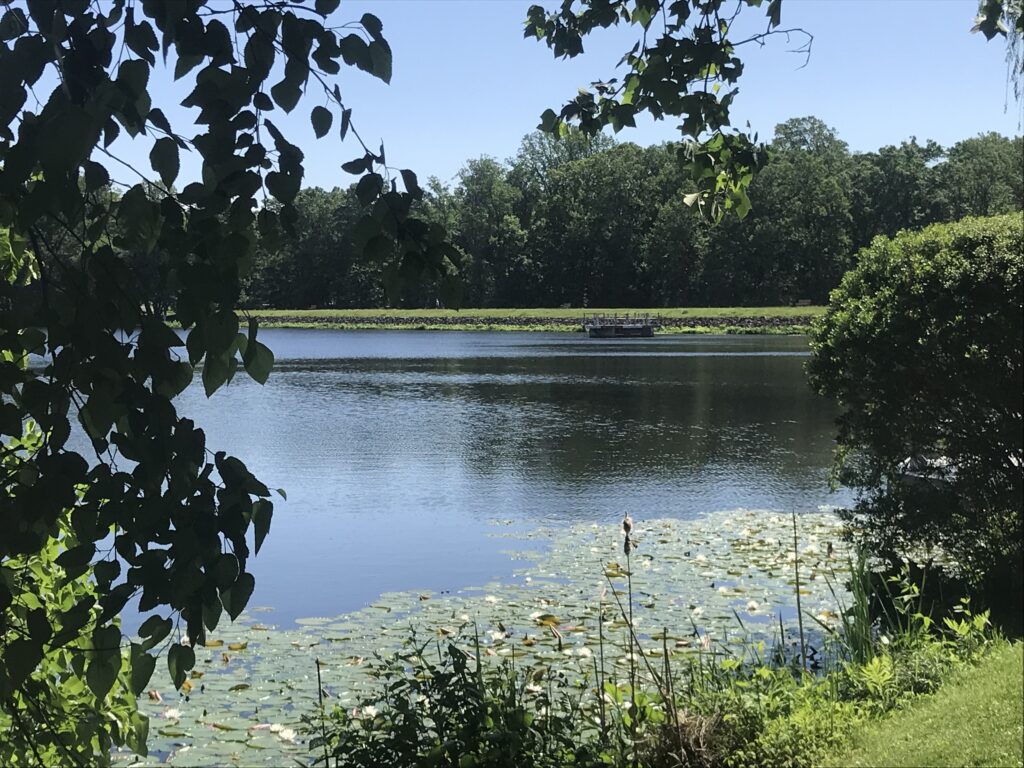Holiday Table

The boxes and bows are sorted and stowed away. I’ve found most of the teenage mutant ninja turtles that hid in my house after Christmas morning. The tsunami wave that is the holidays has peaked and begun to ebb.
What remains is the holiday table. The gathering of kinfolk around a roast or casserole, foods heavier than my usual fare but tasty and festive. Some of these meals have been eaten in chaos, while babies throw their cups on the floor and preschoolers pick at buttered noodles. But others have been nibbled in blissful adults-only configurations. I’ve enjoyed both of these arrangements!
I wish the holiday table would remain indefinitely. Luckily for my waistline, it does not.
(More salads are in my future.)

